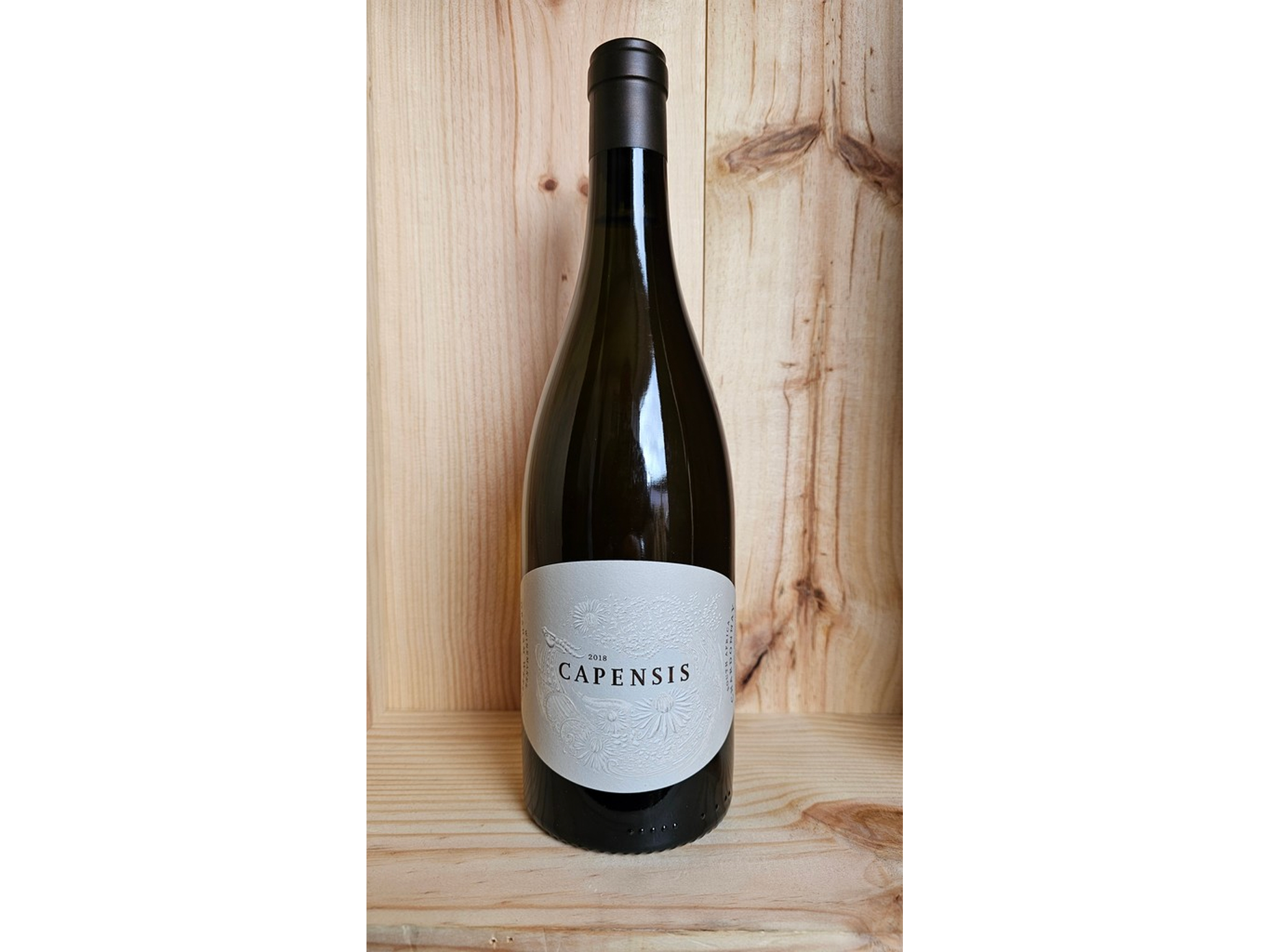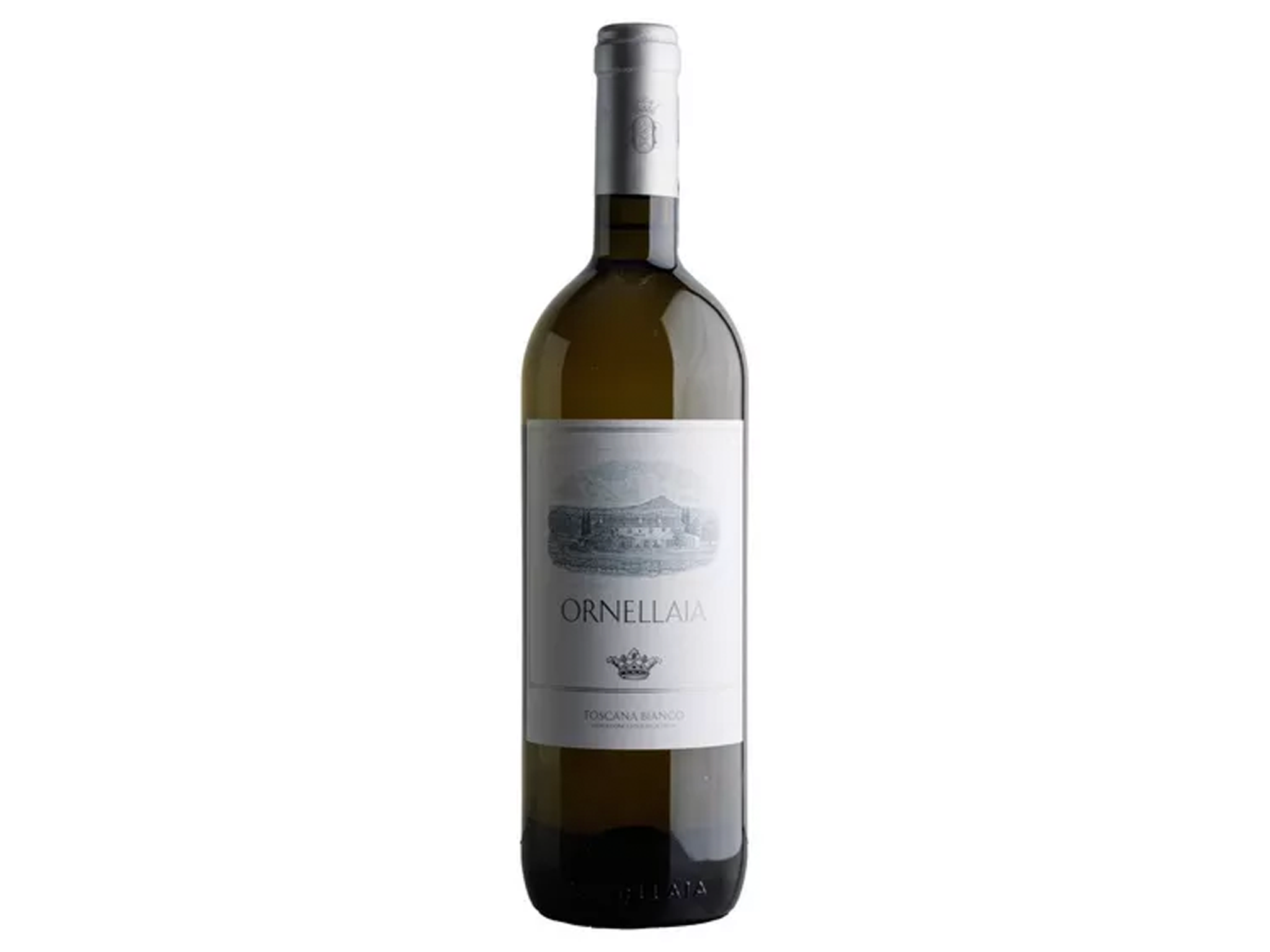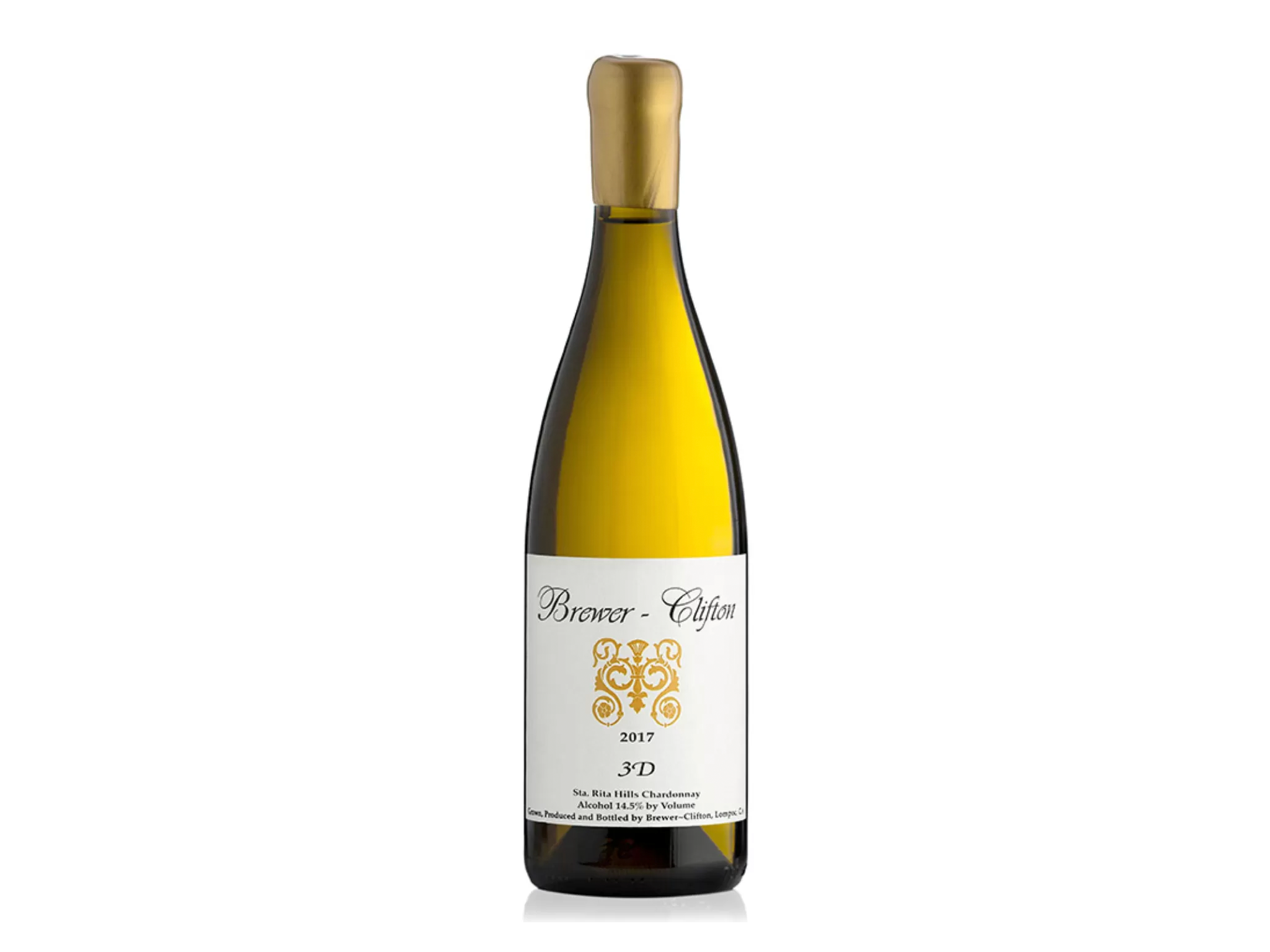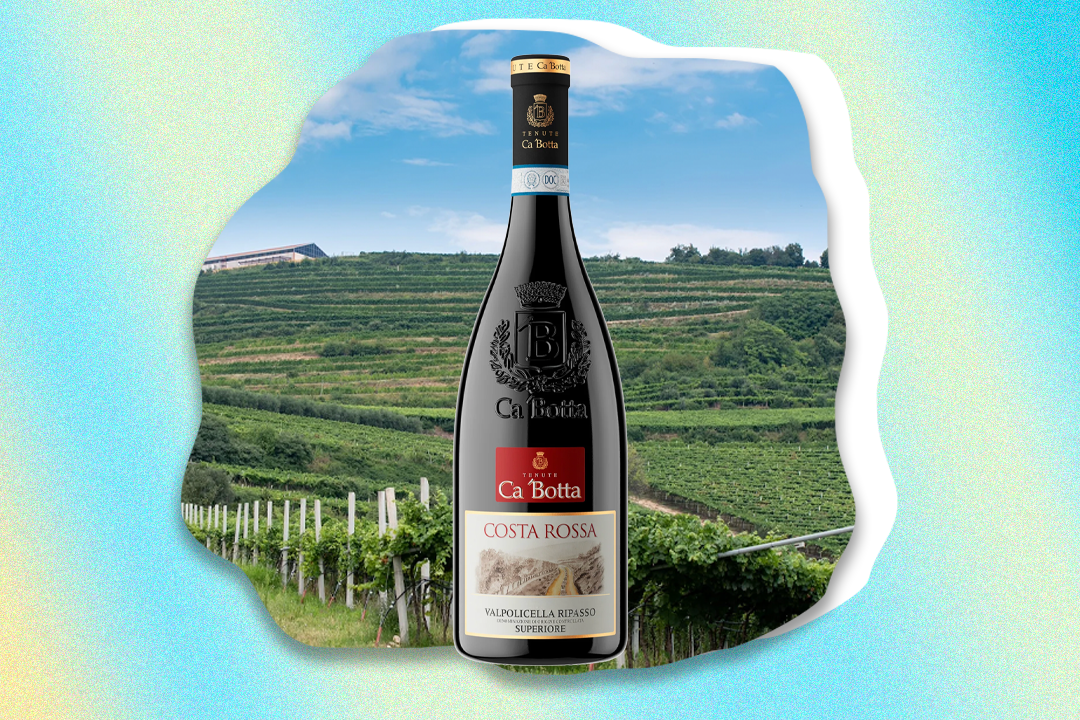
The Independent's journalism is supported by our readers. When you purchase through links on our site, we may earn commission. Why trust us?
12 best white wines for sipping all summer long
Glasses at the ready, our expert has selected the best white wines to enjoy right now

The welcome return of the sun means it’s time to get out into the garden, pull up a seat, grab a good book and open a bottle of one of the best white wines to sip this summer.
Even if you don’t have your own garden, picnics and barbecues are back on the menu, giving us plenty of excuse for enjoying an al fresco tipple.
When it comes to selecting the perfect vino, we’re looking for those gorgeous white wines that sing alongside light summery dishes, provide crisp refreshment from the heat of the sun, and bring good vibes when drinking with friends and family.
At a time when so many are feeling the pinch, value for money is paramount, too. Nowadays, supermarket bargains can mean a £10 bottle can outperform wines double the price, so, it’s worth doing your homework. After all, if you’re dropping a chunk of change on a quality bottle of wine, it better be worth it.
From classic styles to grapes you might not have heard of before, and from supermarket steals to luxury bottles, here, we dive into the best white wines from all over the world.
How we tested the best white wines

The wines we tested were first placed in the fridge until they were nice and chilled. We then removed them, opened them and poured them into universal tasting glasses. We waited around 10-15 minutes until the wines had warmed to between 7-10C, also allowing them to have a chance to aerate. Each wine was then tasted, swirled, and disposed of into a spittoon three times, to ensure a thorough taste test was completed.
The best white wines for 2024 are:
- Best white wine overall – Tempus Two copper wilde chardonnay: £11.85, Vinello.co.uk
- Best budget white wine – The Ned sauvignon blanc: £8.50, Coop.co.uk
- Best white wine for picnics – Freixenet pinot grigio: £8.50, Amazon.co.uk
- Best white wine for dinner parties – Kozlović Istria malvazija, 2022: £16.89, Vivino.com
- Best white wine to pair with seafood – Ameixambar vulcao: £30, Wanderlustwine.co.uk
Tempus Two copper wilde chardonnay

- Best: White wine overall
- ABV: 13%
- Origin: New South Wales, Australia
- Tasting notes: Mango, peach, lemon and melon
- Why we love it
- Seductive golden hue
- Rich and fruity taste
This is such a reliable Australian producer – this time blessing us with a Burgundian-style chardonnay, making great use of two regions: Hunter Valley and the Adelaide Hills. The wine pours a seductive glowing gold, and the first sip reveals the creamy richness of the fruits, courtesy of the French oak ageing. It’s so luscious, with heaps of stone fruits and tonnes of complexity. It is very difficult not to be enamoured with the persistence and character of this white wine.
The Ned sauvignon blanc

- Best: Budget white wine
- ABV: 13%
- Origin: Marlborough, New Zealand
- Tasting notes: Passion fruit, pineapple and lemon
- Why we love it
- No bitterness
- Light and crispy
The Ned has become one of the most trusted names when it comes to sauvignon blanc, with grapes grown in the heart of New Zealand’s Marlborough region. This white wine is brimming with that signature Marlborough personality, as cool-climate Awatere aromas jump out of the glass. Zero bitterness, beautiful green strokes of gooseberry, kiwi, lime and lemongrass, and an exquisite light crispness – delish.
Freixenet pinot grigio

- Best: White wine for picnics
- ABV: 11%
- Origin: Northern Italy
- Tasting notes: Apple, pear, lemon and lime
- Why we love it
- Stylish bottle
- Dry and delicate
Freixenet first made its name in sparkling wine but, these days, its iconic bottles are home to much more – such as this delicious pinot grigio from Garda. It’s a real sip of Italian sunshine, with crisp orchard fruits playing off zesty citrus in perfect harmony. It’s dry, delicate, and soothing, and the touch of floral honey towards the end adds an intriguing, subtle complexity. It’s packing a lot of elegance for the money, too.
Kozlović Istria malvazija, 2022

- Best: White wine for dinner parties
- ABV: 13.5%
- Origin: Istria, Croatia
- Tasting notes: Peach, apple, lemon and honey
- Why we love it
- Floral and aromatic
The Kozlović family have made wine at the tip of Croatia since 1904, with the terroir there taking up similarities to the Italian region of Friuli, which isn’t far away. The indigenous grape variety in this wine is malvazija istarska, a close relation of the more famous malvasia grape. Here, it’s delightfully floral and aromatic, with characterful zest and minerality. The fruit delivers a slight tropical hint and peachy richness, and the touch of saltiness at the end leaves this crying out for food.
Capensis chardonnay

- Best: White wine for intensity
- ABV: 14%
- Origin: Western Cape, South Africa
- Tasting notes: Butter, apricot, nectarine and lemon
- Why we love it
- Citrus and tropical notes
Now, this is something special. Setting the benchmark for the Western Cape (one of the oldest winemaking regions in the world), the ancient vineyards of Stellenbosch, Overberg and Robertson have come together to create this beautifully layered expression of the land. Pure, vivid citrus and rich minerality are the driving forces behind the liquid, carrying with them a typhoon of creamy tropical notes and electric zesty lemon on the finish. A true showcase of high-end chardonnay and the region.
Ornellaia bianco

- Best: White wine for indulgence
- ABV: 13%
- Origin: Tuscany, Italy
- Tasting notes: Apricot, hazelnut, pear and lemon
- Why we love it
- Refreshing
- Full-bodied
Never has ambition tasted this good. Tenuta dell’Ornellaia set out its stall a few years ago for high-end Tuscan white and this latest vintage of 100 per cent chardonnay ticks every box. As alluring as the sun and sea around Bolgheri, it’s texturally rich with labyrinthian complexity. Think a seductive nose of apricot and acacia flowers weaved with hazelnuts and peppery spice. In the mouth, it comes alive with refreshment, as peach and apricot unfold alongside aromatic jasmine. It's full-bodied and almost enters savoury territory at times. Full of flair and utterly exquisite.
Villa Maria private bin riesling

- Best: Supermarket bargain
- ABV: 12%
- Origin: Marlborough, New Zealand
- Tasting notes: Citrus, green apple, pear, honey and minerals
- Why we love it
- Great value for money
- Fruity
Villa Maria is one of New Zealand’s most awarded wineries, and its riesling punches well above its price point. With vines grown between wild oceans, ancient valleys and imposing mountains, it’s all finally bottled at Villa Maria itself – in the crater of a volcano. What an adventure. Once it reaches the glass, you can expect an explosion of ripe fruits, from apple and grapefruit to zingy sherbet lemon. A sticky honey hits on the mid-palate, binding ripe fruits and zippy acidity into perfect harmony.
Capellania blanco reserva

- Best: White wine to pair with creamy food
- ABV: 14%
- Origin: Rioja, Spain
- Tasting notes: Almonds, pear, camomile and apricots
- Why we love it
- Rich taste
In 1852, Don Luciano Murrieta returned to Rioja, armed with skills and techniques he acquired in Bordeaux. In doing so, Marqués de Murrieta helped to propel the region onto the global stage and the estate is now one of the most respected in all of Spain. Cappellania is the product of 100 per cent viura grapes, producing the deep hypnotic golden colour and rich taste of this prestigious white. It bridges the gap between the sheer oak-driven complexity of past wines, and the clean acidic freshness of modern styles. White fruits and flowers are so expressive here, with swirling almonds, pear and dried apricots detailing the creamy palate beautifully. Perfectly poised.
Darioush, signature viognier

- Best: White wine for complexity
- ABV: 14.9%
- Origin: Napa Valley, USA
- Tasting notes: Honeyed peach, apricot, flowers and melon
- Why we love it
- Smooth mouthfeel
You don’t find too much viognier in Napa Valley but this is exceptional. The cooler vineyards of Oak Knoll allow the grapes to ripen slowly, delivering intense brightness and vibrance to the character. Every drop is harmoniously balanced. In the spotlight are the lofty fragrances of honey, white peach, apricot and flowers, all kissed by a touch of background oak. The smooth softness of the mouthfeel is to die for, and the weight of the body is spot on. Class in a glass.
Ameixambar vulcao

- Best: White wine to pair with seafood
- ABV: 13%
- Origin: Azores, Portugal
- Tasting notes: Lemon, pear, nuts and flint
- Why we love it
- Dry
- Stunning texture
In 1957, the Capelinhos volcano on the Azores Islands of Portugal erupted, leaving a huge bed of lava ash 400m above sea level. These days, vines are grown here, because the mineral-rich, easily draining soil is hugely appealing for wine producers. This is noticeable in the wine, too, with the trademark minerality stealing the show. Ninety per cent of the grapes (arinto) are from this volcanic soil, but the remaining 10 per cent is terrantez do pico from the basalt soils of Pico island, which brings a helping of fruit, too. It’s bone-dry with a stunning texture that carries intoxicating complexity – think nutty French oak ageing, bright lemon and crisp pear – all the character and oceanic soul you want from this wild and rare winemaking region.
Brewer-Clifton 3D chardonnay

- Best: Luxury white wine
- ABV: 14%
- Origin: California, USA
- Tasting notes: Lemon, pineapple, honey and salted butter
- Why we love it
- Lemon curd notes
Setting the benchmark for ‘Cali chard’, Brewer-Clifton is always reliable, and this Santa Rita Hills wine is seductively expressive and complex from the off. The winemaker’s fermentation and oak barrel ageing rounds off the profile satisfyingly. The bright lemon-gold pour opens up inviting ocean air and lemon notes, and a lemon curd flavour continues in the mouth. Joining it is sweet honey and pineapple, before the return of minerality with a savoury, somewhat salty, kick. The length goes on and on, showcasing the winemaking talent and terroir with every passing second, as salted butter appears to see us off. Lively, smooth and so much fun to explore.
Colombelle l’original Cotes de Gascogne blanc

- Best: Value white wine
- ABV: 11%
- Origin: Côtes de Gascogne, France
- Tasting notes: Peach, kiwi, lemon and passion fruit
- Why we love it
- Rich tropical fruit flavours
In the 1970s, André Dubosc, the founder of the wonderful Plaimont cooperative, embarked on a mission: to revive the Saint Mont appellation in southwest France. The local dry whites, now a PGI (protected geographical indication) with Côtes de Gascogne, sparked the winemaking revival in this region when the colombard grape was rediscovered. Colombelle wine like this now flies the flag for the region. Its aromatic style is so unique, and, paired with sauvignon blanc, it paints such an alive and fresh picture of this part of France. Rich tropical fruits intensify the full citric acidity, while crisp green and herbal layers add depth.
Why you can trust us
Aidy Smith is an award-winning TV presenter, broadcaster and journalist. He is the presenter of Amazon Prime’s award-winning drinks-themed travel series The Three Drinkers. Seek out more of his drinks discoveries at @Sypped.
The verdict: White wines
If light, breezy and tropical is your love language, it’s Freixenet, Colombelle and Villa Maria’s private bin you should be paying attention to. We were particularly impressed by the low impact to our bank balance across this category, too.
For those wanting a punch of attitude and more of an aromatic hit, Portugal’s Ameixambar and Croatia’s Kozlović malvazija hit the spot. There’s something about each of these countries’ ability to create wines that have so much texture, concentration and flavour all in one that makes our mouths water. We also can’t forget the remarkable example of viognier hailing from Napa Valley’s Darioush.
From the rich yet elegant styles of South Africa (Capensis) and Santa Barbara (Brewer-Clifton) to the silky and sophisticated wonders of Italy (Ornellaia) and Australia (Tempus Two), the chardonay spectrum was put to the test and, my oh my, did it deliver.
While each wine on our list represents the best of the best, there can only be one overall winner. On this occasion, the compass swayed towards Tempus Two’s copper wilde chardonnay. A succulent balance of ripe tropical fruits, fresh citrus and a creamy vanilla backbone sealed the deal, when met with a price tag that won’t break the bank. Not only is this a wine that could be opened as soon as you buy it, it can also stand the test of time. Watching it evolve over the course of the evening as it sits within your glass is a whole other experience. The real question is will it last long enough in the glass to get that far?
Thirsty for more? Read our edit of the best low-alcohol wines or the best wine deals to shop now




